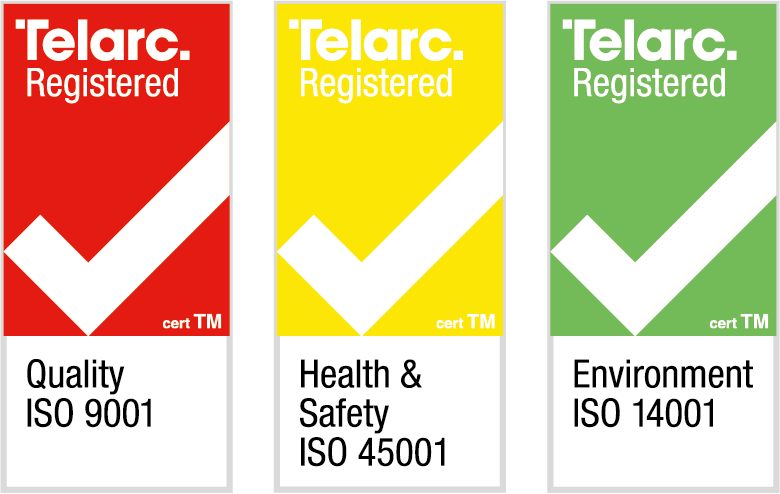MCC Albany
Direct Thermal vs Thermal Transfer
Direct Thermal vs Thermal Transfer
People are often confused about the differences between direct thermal printers and thermal transfer label printers, and which type better suits their needs. Alot of today's printers are dual mode meaning they can print both thermal transfer and direct thermal.
Direct thermal uses a more expensive base stock but is a lower cost label overall because it does not require a ribbon when printing. The label material is heat sensitive. The thermal printer images using heat directly onto the label face, in the same way the original fax machines used to do and the heat causes a colour change creating the printed image. Direct thermal labels are fine except for labels which have to survive a long time, or if they are likely to be exposed to direct sunlight or high temperatures. The printed image can and will fade over time or under these circumstances. Also, the print head comes into direct contact with the label material (and the dust and debris it carries) which will result in increased wear when compared to thermal transfer printing.
Thermal transfer is a less expensive base stock but a ribbon is required for printing. The thermal print head heats the back side of the ribbon to melt and transfer the compounds on the front of the ribbon to the label, creating the image. Thermal transfer labels are tougher, last longer and are not sensitive to light or heat. Print heads also last longer as the ribbon provides a protective buffer between the head and the very small foreign (sometimes damaging) objects carried on the label material. Printheads for thermal transfer printers will last 2-4 times printheads for direct thermal printers.
Direct thermal or thermal transfer?
To help decide whether to select a direct thermal or a thermal transfer printer (or whether you should use thermal transfer or direct thermal labels), consider the following questions:
Will you ever need to print labels in colours other than black?
Do the labels need to have a shelf-life of over 1 year?
Will you be printing high density bar codes ie do you have limited space?
Will the labels be subjected to heat or sunlight?
Will the labels be prone to abuse or surface friction?
Will you be printing on a variety of different substrates eg paper, film, foil?
If you answered "yes" to any one of the above questions then you should consider using thermal transfer rather than direct thermal.














